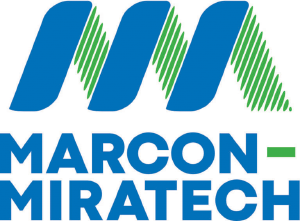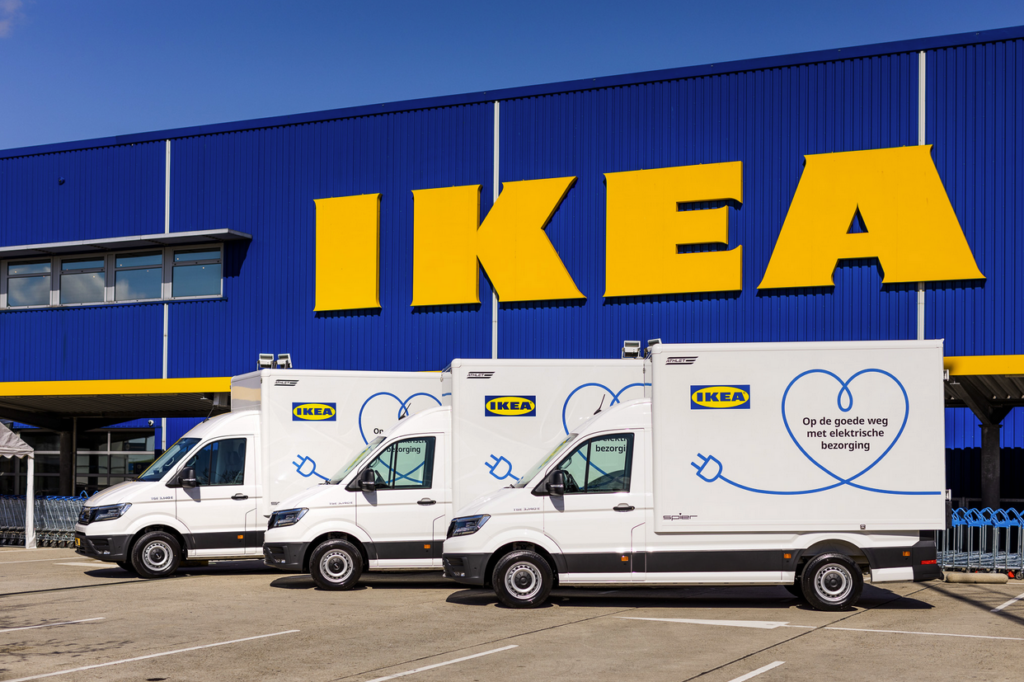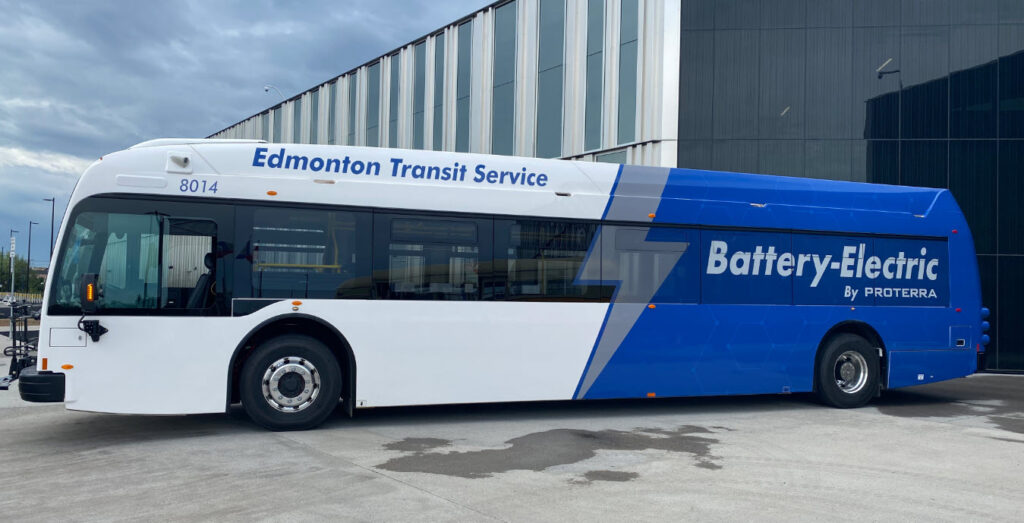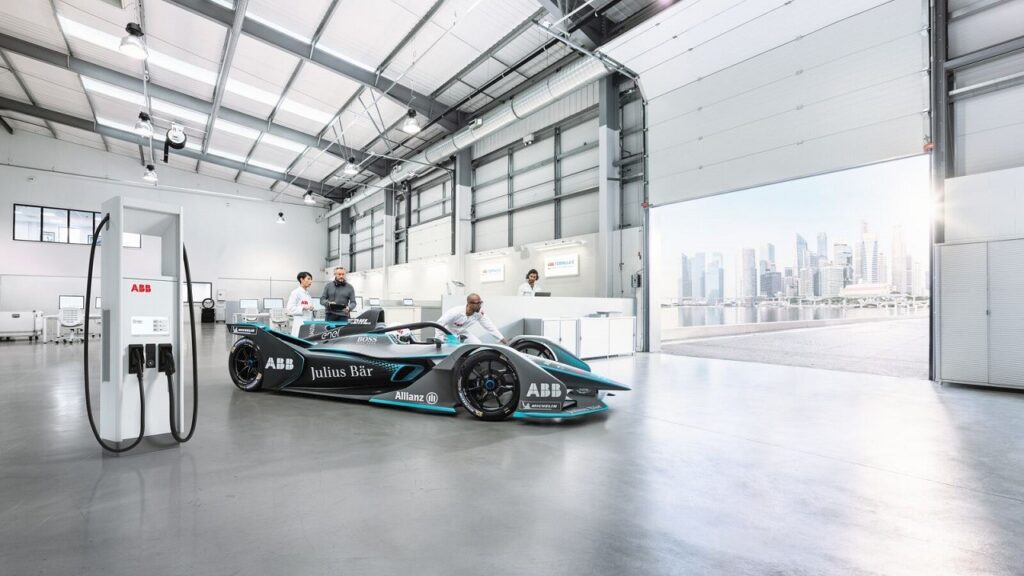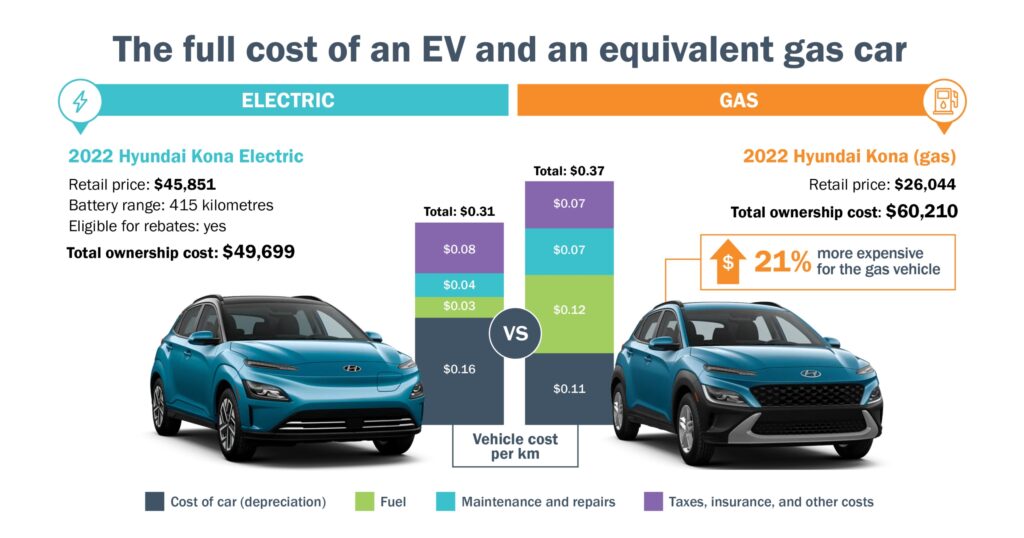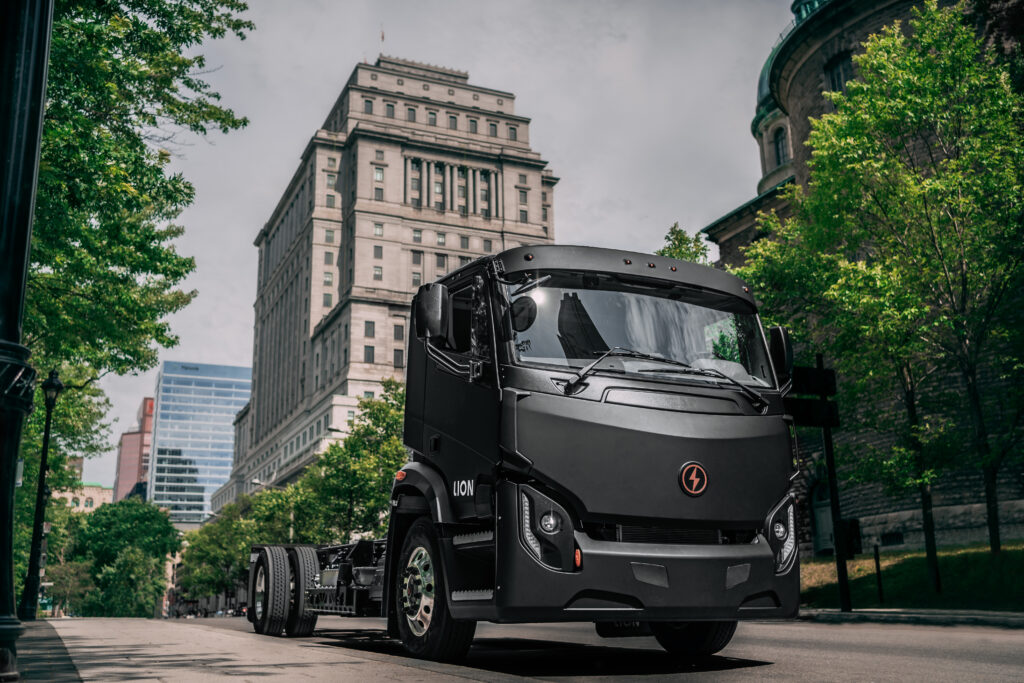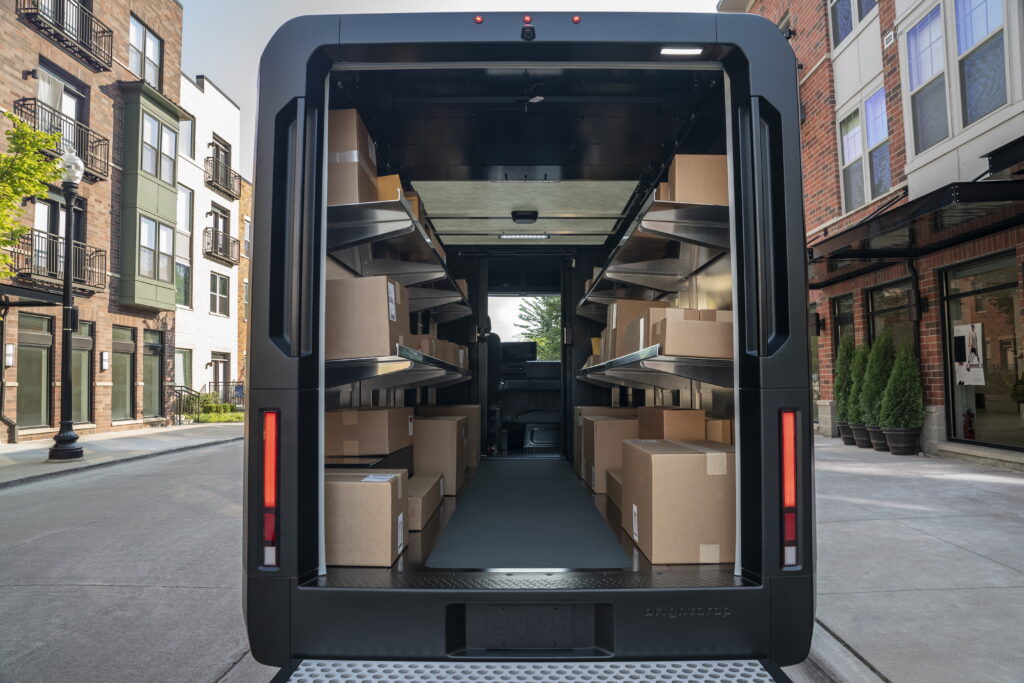DECKED
Website: decked.com
Location served: North America
National headquarters: 110 Lindsay Circle, Ketchum, ID 83340
DECKED Drawer System: The Drawer System provides the user with two bed length drawers that can be segmented for improved organization. The system is made from recycled high impact HDPE and American steel. The drawers are available with locks to add another layer of security beyond a locking tailgate. The drawers eliminate the need to crawl deep into the bed of your truck or van. The weight of the system varies between 90kg and 100kg depending on vehicle type. The payload of the DECKED Drawer System is 900kg. With a strength to weight ratio of 10:1 the DECKED Drawer System offers superior storage for trucks and vans.
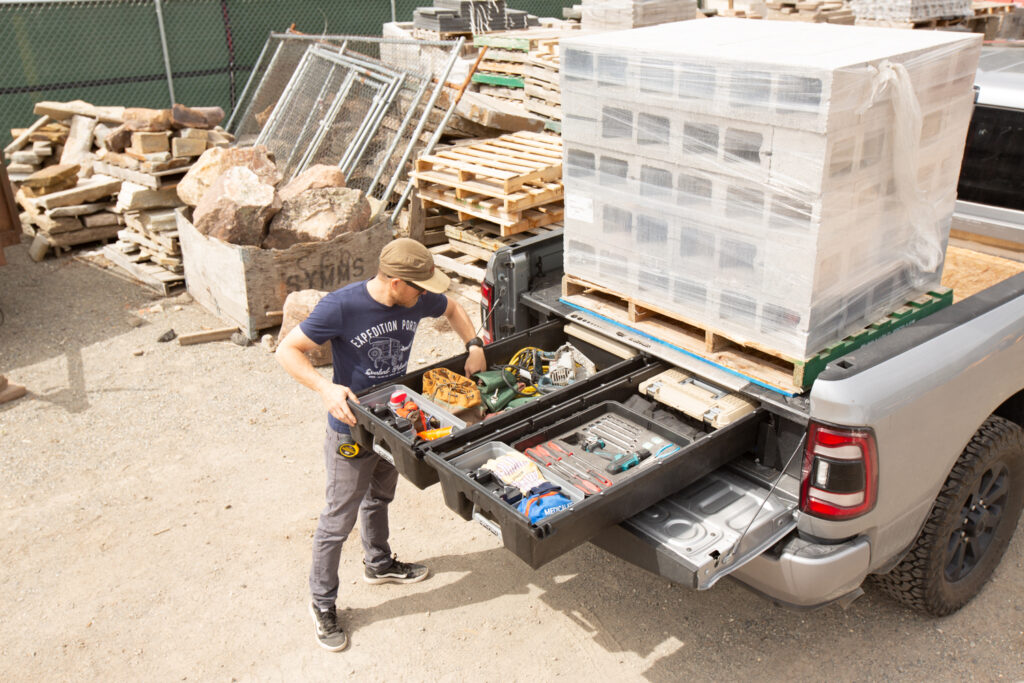
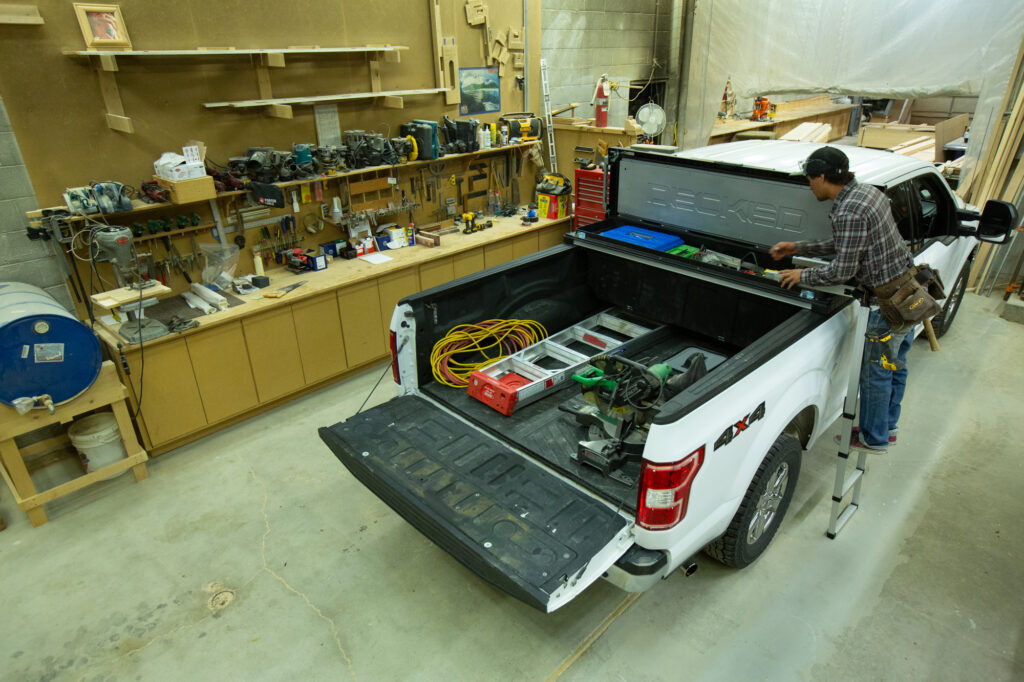
DECKED Truck Tool Box: The DECKED Truck Tool Box is a crossbody toolbox. The Tool Box base is made out of injection molded impact treated HDPE and steel reinforced injection molded high-impact polymer resin. Available with an industry first ladder to improve accessibility, the DECKED Tool Box is designed with the user in mind. The Tool Box is made from high impact plastics to eliminate dents, dings, or rust. The Tool Box material keeps weight down in comparison to other industry toolboxes. In the antiquated industry of truck bed toolboxes, the DECKED Truck Tool Box is a modern, sleek, and efficient option for any fleet.
Contact Details
To discuss product and service options please reach out to any of the following contacts.
Delamon Rego – delamon@decked.com
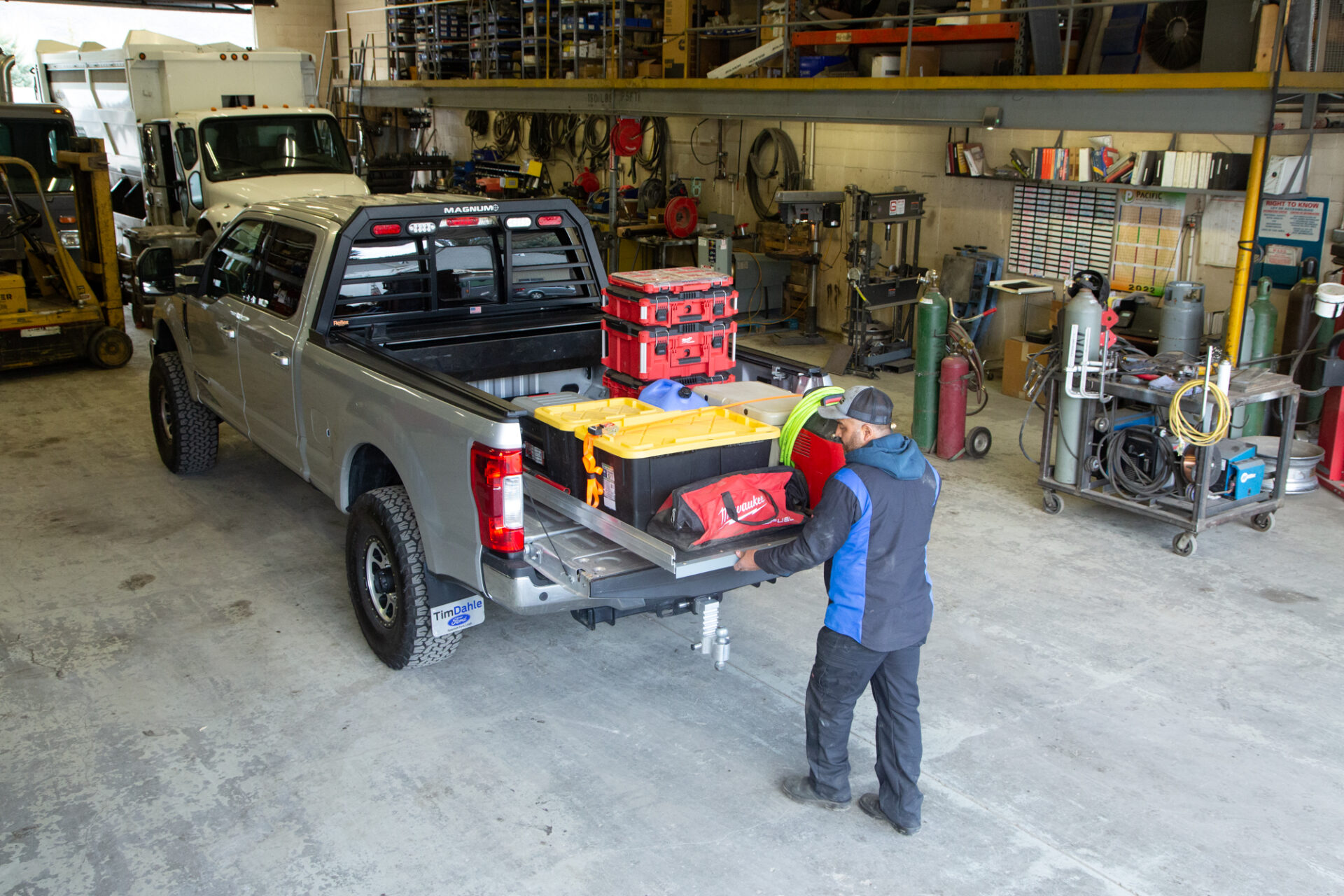
DECKED CargoGlide Photo: DECKED
DECKED CargoGlide: The DECKED CargoGlide is a sliding truck bed tray that makes loading, unloading and accessing your tools and gear easy, safe and fast. The tray rolls on heavy-duty bearings actuated by a single-handed latch which allows you to smoothly slide out and retrieve your tools and materials. Built from heavy gauge, powder coated American steel and industrial grade marine plywood (coated with a thermoplastic top sheet), the CargoGlide truck bed slide can take all of the abuse of the job site and the environment. The CargoGlide can be mounted to the top of a drawer system to further increase the usage of a truck bed.
